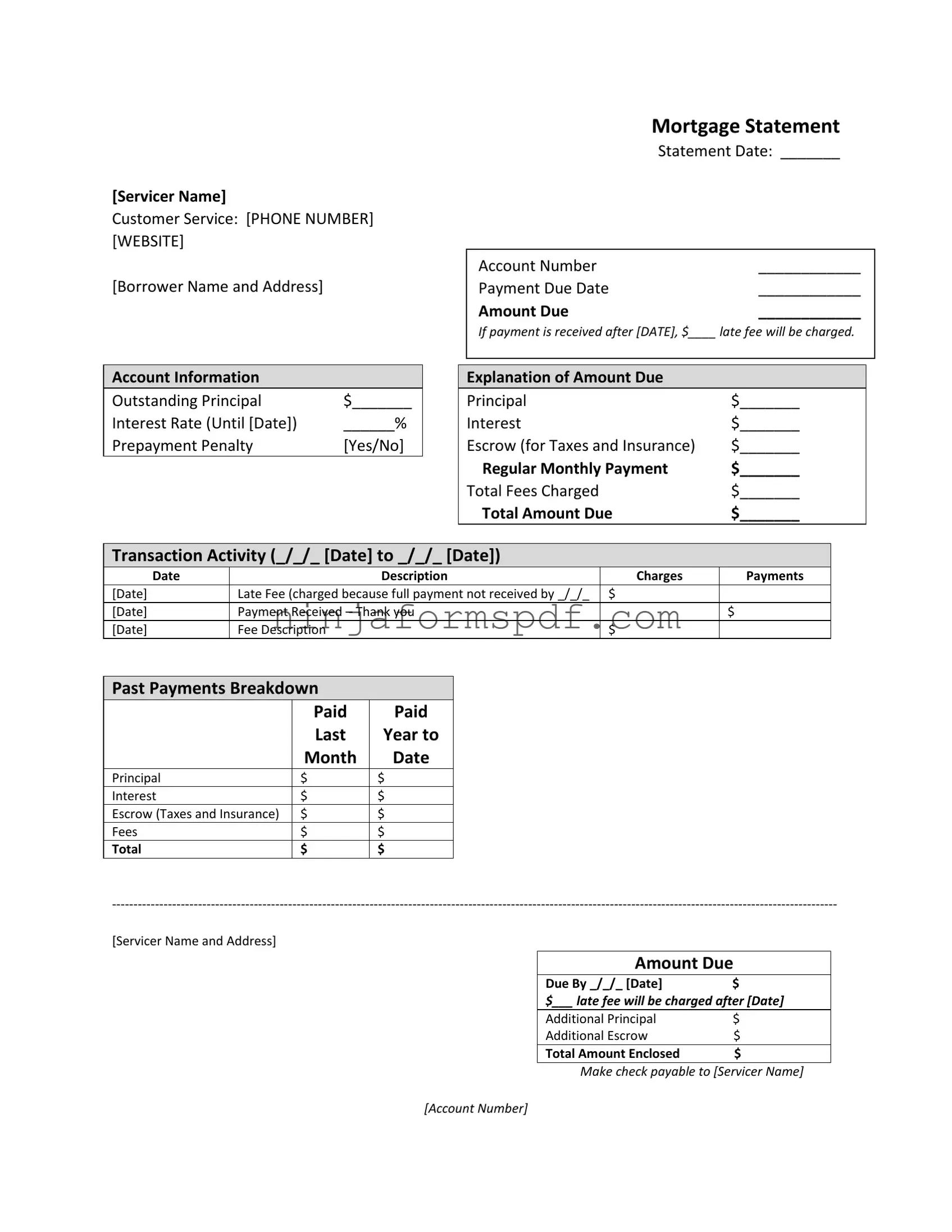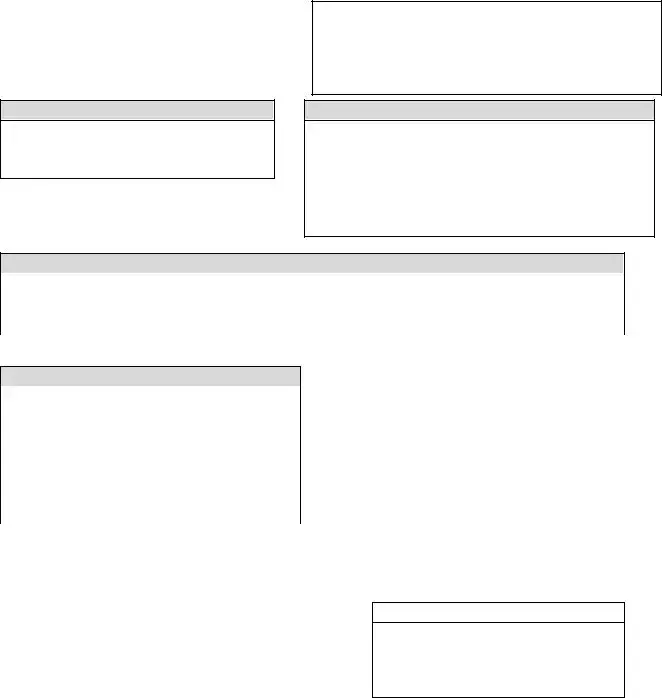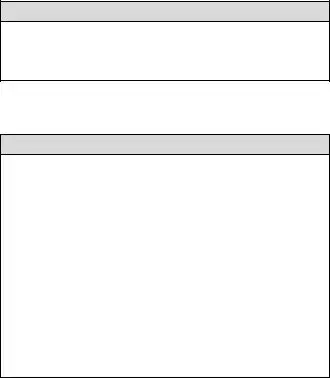The Truth in Lending Act (TILA) Statement, like the Mortgage Statement, provides critical details about the financial terms of a loan. The TILA Statement focuses on informing the borrower about the cost of their loan, including the annual percentage rate (APR), finance charges, and the total amount to be repaid over the life of the loan. While the TILA Statement is broader in scope, both it and the Mortgage Statement serve the crucial role of ensuring borrowers are fully informed about their financial obligations.
A Loan Estimate closely parallels the Mortgage Statement in its purpose of detailing loan information, but it is presented to borrowers earlier in the process, specifically during the loan application phase. This document outlines the estimated interest rate, monthly payment, and total closing costs for a mortgage. Similar to a Mortgage Statement, a Loan Estimate is designed to help borrowers understand the costs associated with their mortgage, albeit at a preliminary stage.
The Closing Disclosure shares similarities with the Mortgage Statement by providing an itemized list of final credits and charges relevant to the mortgage. Given to borrowers just before closing on a home, this document includes the final loan terms, projected monthly payments, and how much the borrower will pay in fees and other costs. Both documents are essential for clarity on the financial responsibilities that accompany a mortgage.
The Annual Escrow Statement, like a Mortgage Statement, offers a detailed account of the escrow portion of a mortgage payment, including property taxes and homeowners insurance. It shows the previous year’s escrow payments and the anticipated requirement for the next year, ensuring homeowners understand how their escrow payments are being allocated and when changes to these payments are necessary.
A Promissory Note, while a more general financial document, shares a fundamental similarity with the Mortgage Statement in that it outlines the borrower's promise to repay a sum to the lender. It specifies the loan amount, interest rate, and repayment terms. Whereas the Mortgage Statement provides a periodic update on the status of such a loan, the Promissory Note is the original agreement that sets these terms.
The Home Equity Line of Credit (HELOC) Statement, similar to the Mortgage Statement, provides an account summary for borrowers who have a line of credit secured against their home's equity. It details the available credit, current balance, interest charges, and minimum payment required. Both statements are crucial for tracking the financial status and obligations of loans secured by real estate.
Monthly Bank Statements, akin to Mortgage Statements, serve the purpose of reporting the activity within an account for a specific period. For a bank account, this includes deposits, withdrawals, fees, and ending balance. The Mortgage Statement is more specialized, focusing on mortgage-related transactions, but the basic principle of account activity tracking is shared between them.
The Credit Card Statement, while distinct in its application to revolving credit rather than installment loans like a mortgage, offers a comparable layout by detailing charges, payments, interest rates, and fees for a specific period. Both statements are vital tools for consumers to manage their debts, understand their financial obligations, and track their payment history.


